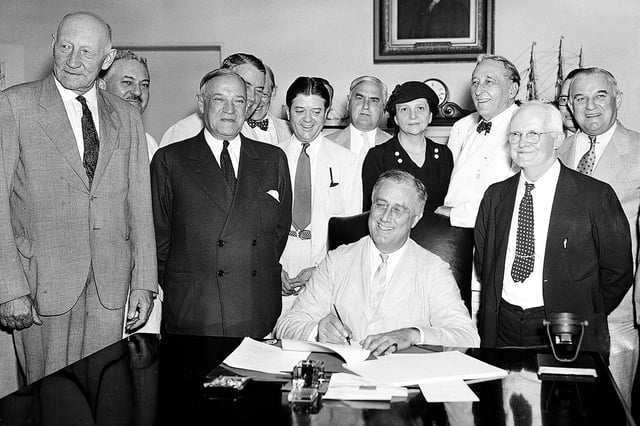Overview
- Trust funds are forecast to run dry in the early 2030s, leaving payroll taxes able to cover only about 77–81 percent of scheduled benefits thereafter
- The Social Security Fairness Act and recent tax legislation have moved up the depletion date by nearly a year
- Lawmakers have proposed solutions ranging from higher taxes on top earners to a bipartisan investment fund and incremental retirement-age increases
- A 12 percent reduction in SSA staffing under the Trump administration has created backlogs, closed field offices and raised service concerns
- Surveys show strong public support for preserving benefits but widespread confusion over pay-as-you-go funding complicates revenue-raising fixes



